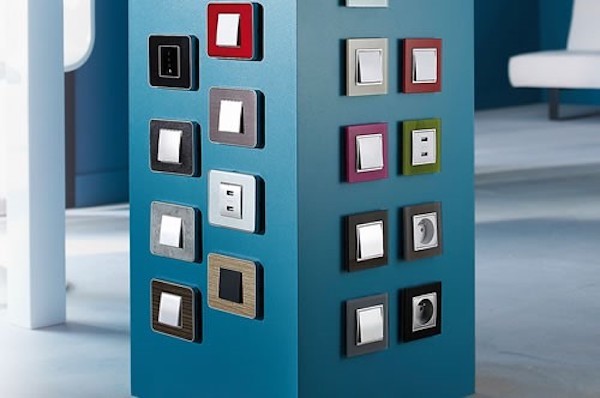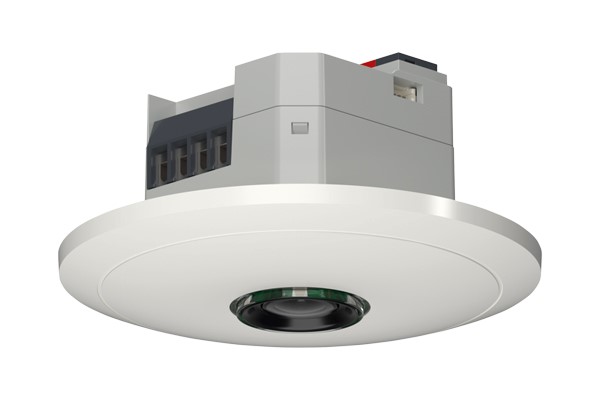Care at Home
As we get older, our views on life, and where we live, inevitably change. A house becomes less of a transient object and more likely to be the place where we want to settle. While nursing homes are an option, many of us recognise the link between independence and mental well being in our later years.
Our home may need to meet our requirements from early retirement through to end-of-life. This might be a scary thought for some, but it is a reality in a world of ever-rising house prices and spiralling care costs.
Most of us would undoubtedly like to stay in the homes we know and love, with minimal running costs and smart technology that allows us to feel safe, comfortable and secure.

Build-in the Technology Now!
The development of assisted senior living schemes is a booming industry, with new schemes being funded, designed and driven to market at record speed.
But given that any one of us may require care in the home, then the houses being planned and built in 2022 should contain assisted living technology in every build – not just for the luxury homes or specific care facilities. In this way, we will be able to have that comfortable retirement in whichever home we finally move to.
Society needs to have mechanisms in place, both strategic and physical, which will enable this transition to care at whatever age, and that transition should be painless and effective.
KNX Offers a Future-Proof Solution
KNX provides the physical element that is capable of being adapted to a wide range of building stock. Integrators can guide the developer by highlighting where changes can be made that enable the installation to accommodate a possible future care need. Once KNX is included in the building’s fabric, it can be adjusted and tailored as the needs of the individuals change, either through age, or maybe illness, or simply because the homeowner wants to change the way they interact with their home.
All KNX products are available to support these environments, which can also be tailored for other requirements.
Circadian Lighting
KNX Products can provide sensory richness, with audio and/or haptics; lighting scenarios that follow circadian rhythms to help with sleep patterns; or scenes that create certain moods using RGB and tuneable white light.

Intuitive Switches
Indeed the modular construction of many KNX switches, for example, lends itself, by colour, shape or texture, to helping identify devices that carry out specific actions, e.g. square blue switches always operate lighting, whilst rounded red ones operate heating etc.
This can help residents with sight problems or memory loss. It makes their environment more appropriate for their needs, which can improve safety and ease the care required. This, in turn, can reduce the strain and stress on carers, whether they are professional or family members.
Family and Carer Alerts
When you can’t be with the person you care for, it can be stressful worrying whether they are ok. KNX remote monitoring technology can reassure carers that residents are safe.
Infra Red motion sensors can alert of a fall or lack of movement, what room the occupant is in or even if another person has entered the property. Occupancy simulation detection can send out an alert if there is a break in the occupants normal day to day routine. For example if the kettle hasn’t been boiled by a certain time in the morning.
Audio Alerts
As sight deteriorates, living and functioning independently presents problems. Using speakers and sensors communicating across the KNX platform the occupant can be alerted to windows or doors left open or even receive an audio alert to remind them to take their medication each day


Security
It’s a sad reality of our society today that the most vulnerable members of the community feel the most threatened in their own homes.
An intercom that allows occupants to see and speak to visitors from inside their house, or without even leaving their favourite chair will go a long way towards making them feel safe and secure in their home.
Imagine the peace of mind achieved through a lock-down setting that makes the entire house secure at night.
Conclusion
The vast majority of homes built today are designed around young, active, able-bodied people – whereas in reality, these people are not in the majority. We are creating a housing stock that is already outdated and will need corrective work, at cost, to make it useable.
We cannot carry on building homes that are not future-proofed – we need homes that are up to the job, NOW. We should take a macro approach and build homes that, with only a few changes, can be used by a majority of people at any time in their life. KNX supplies the future-proof scalable technology required to achieve this – all we need now is the political will.

